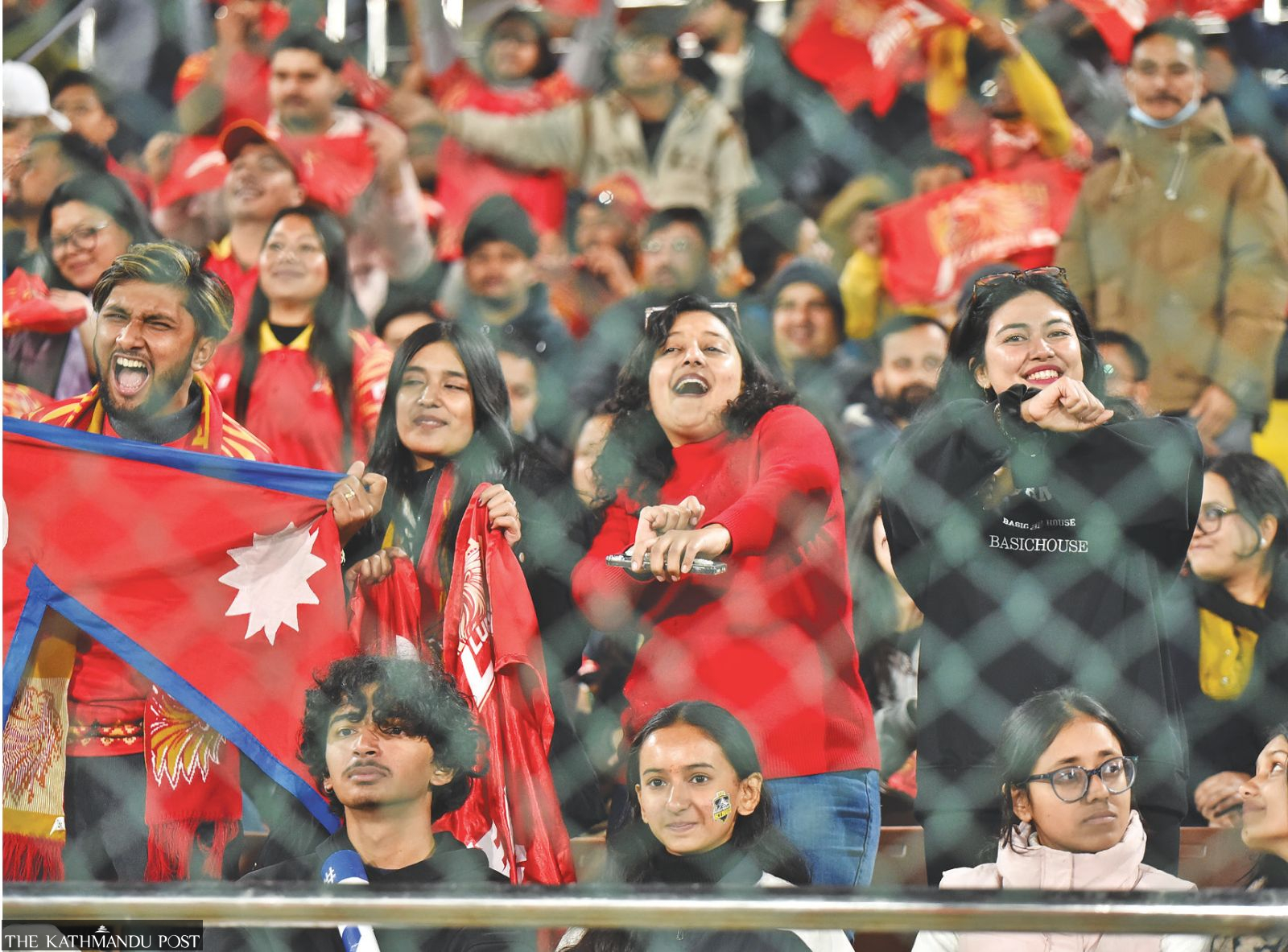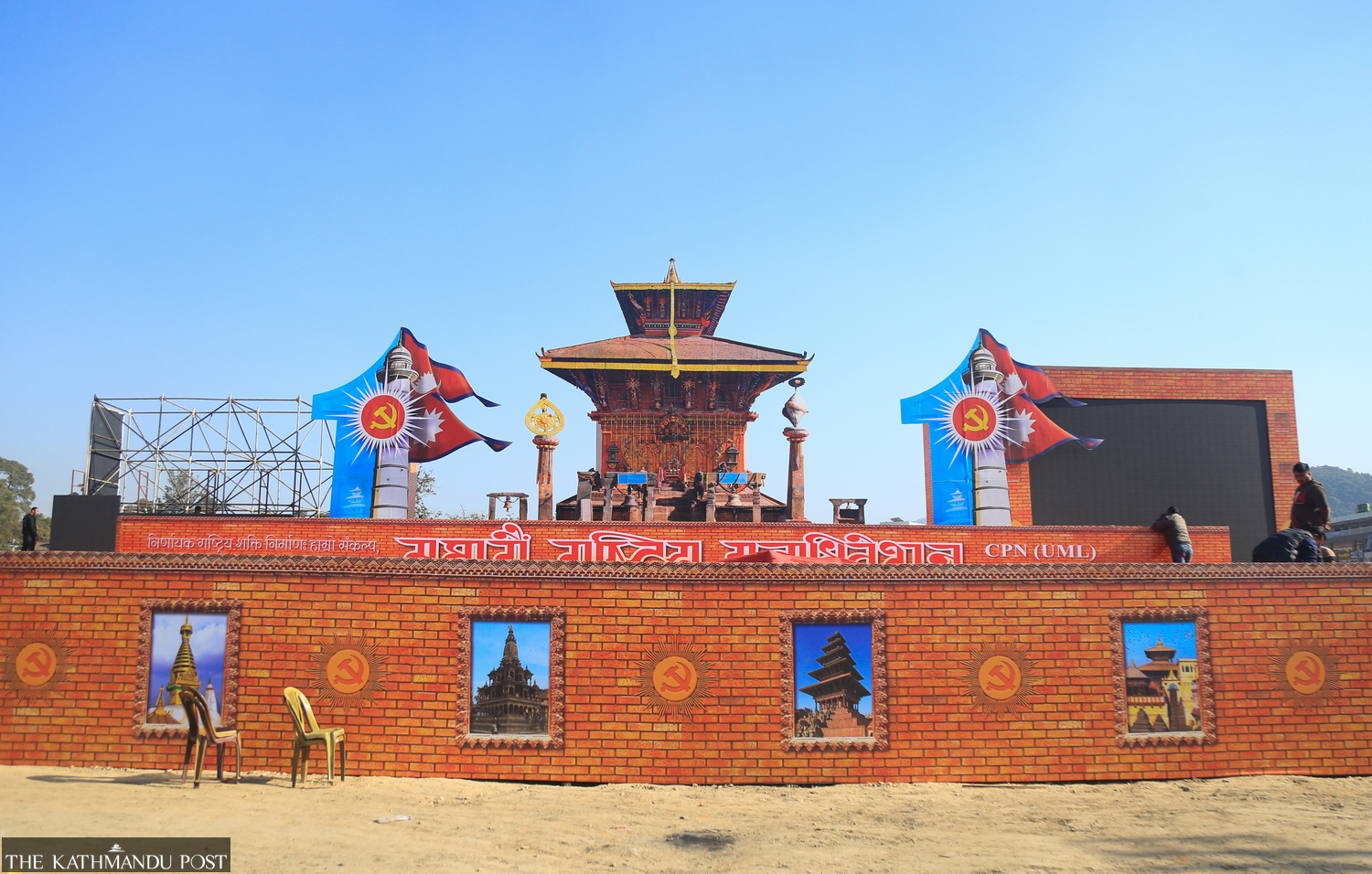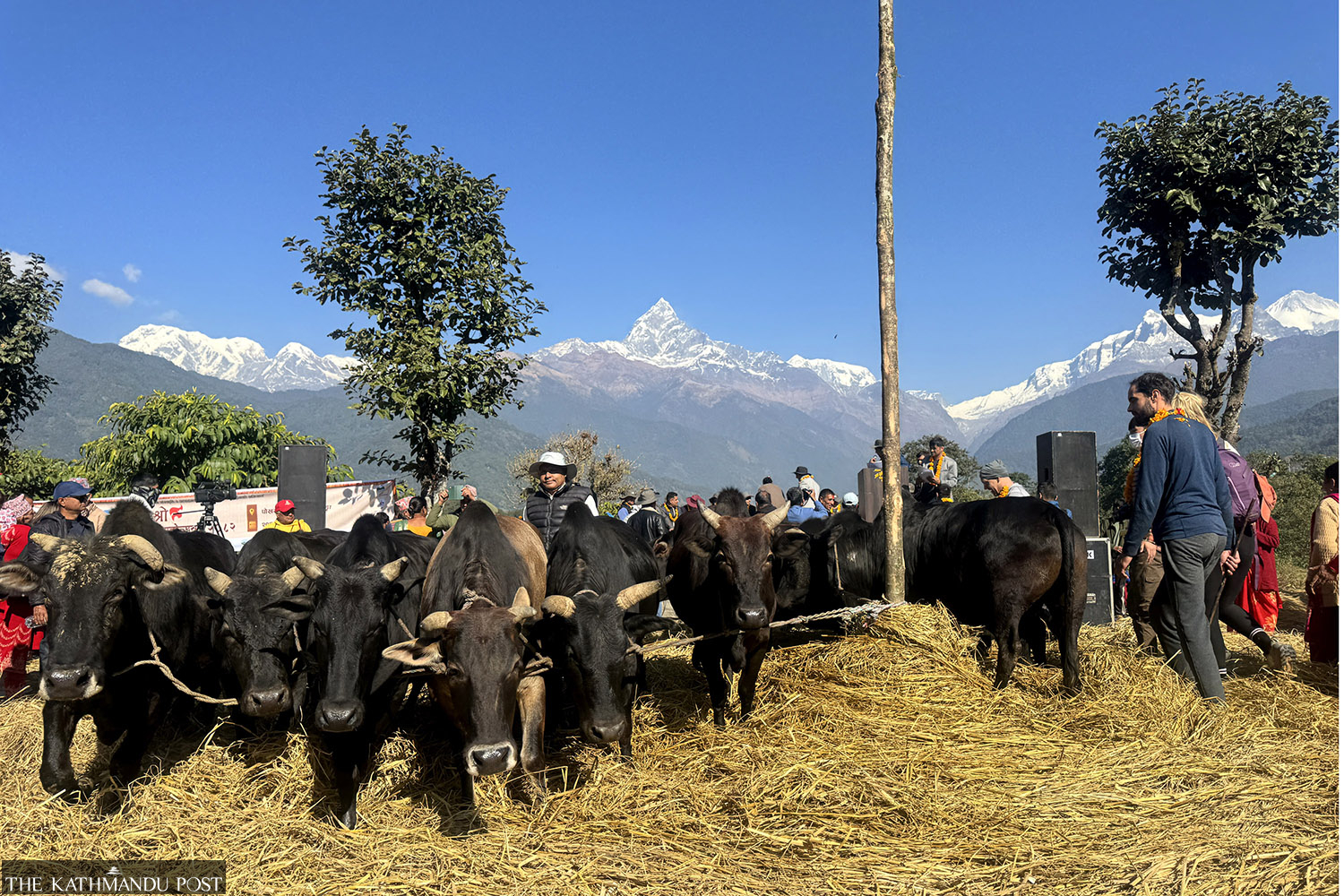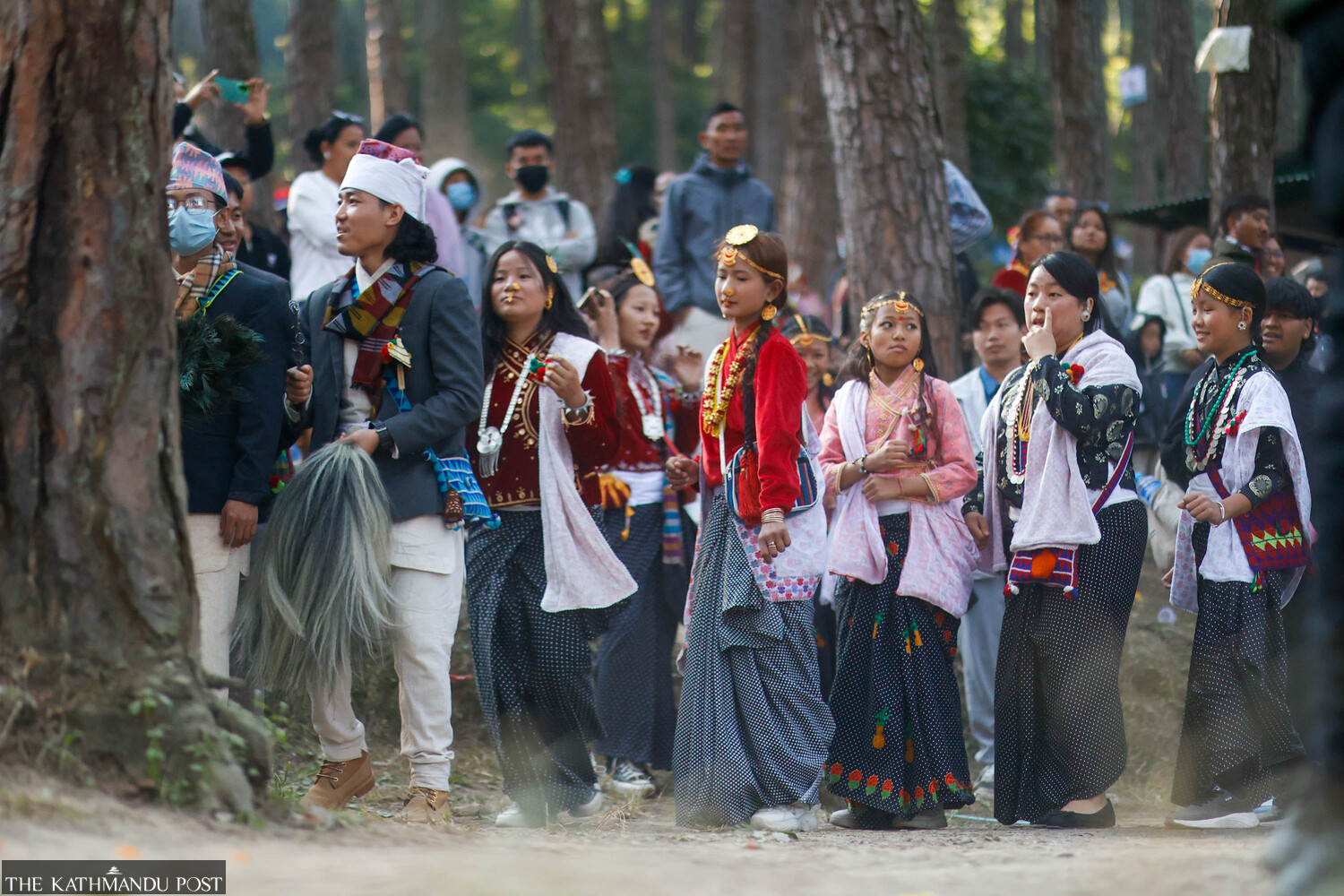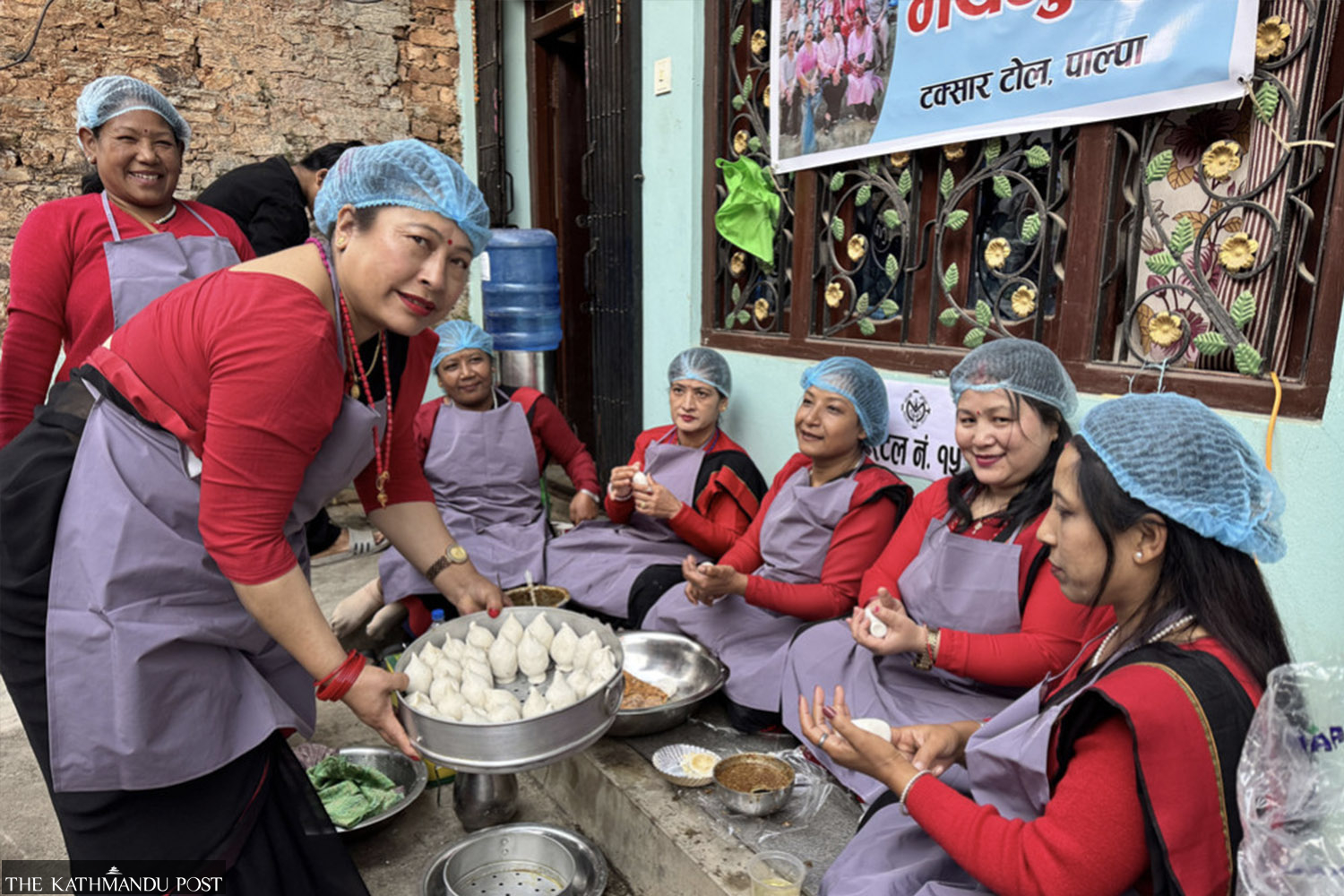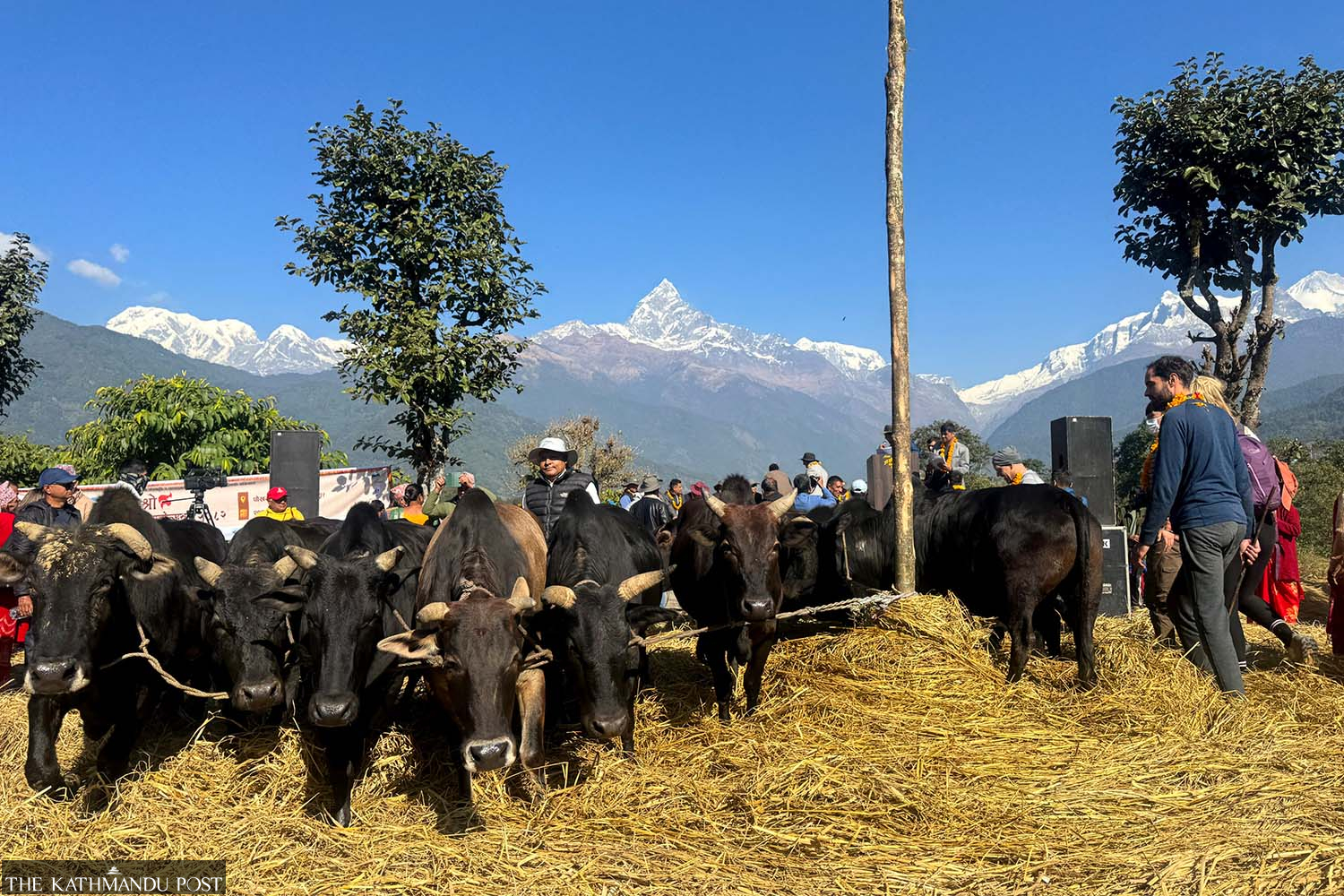Visual Stories
Ancient rituals and modern devotion
Celebrated once every twelve years, the ancient Khadga Siddhi dance of Pachali Bhairav in Kathmandu Valley preserves a rich cultural heritage. Despite strict rituals, dedicated practitioners continue to uphold this tradition.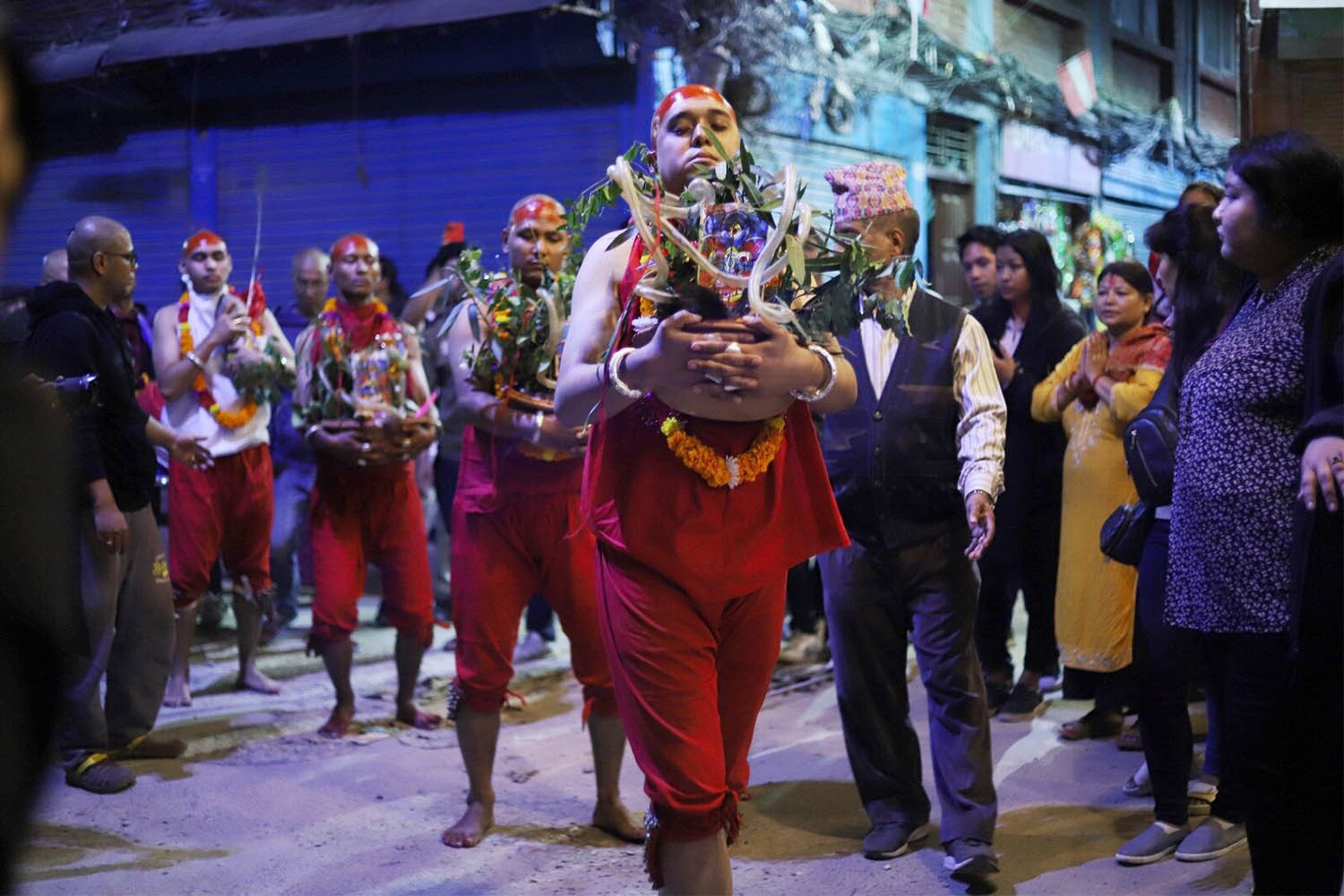
Prasant Mali
The Khadga Siddhi dance of Pachali Bhairav, which takes place every twelve years in the valley, has recently ended. Besides this dance, various other traditional dances, including Naradevi, Bhadrakali, Navadurga, Rudrayani, Harisiddhi, Astamatrika, Devi, Kartik, Bagh Bhairav, and Mahakali, are celebrated throughout different areas of the valley.
Bharat Malakar, a resident of Maru Bahi tole in Kathmandu Metropolis-19, has been devoted to the dance since 1979. He first took part at the age of ten. In the recently concluded jatra, he played a key role as Guru.
This dance ritual is known for its strict rules. Participants are forbidden from travelling abroad, attending feasts, coming into contact with menstruating women, or observing the mourning period for a deceased family member.
Due to these strict rules, many people hesitate to participate in the ritual. However, Malakar has devoted four decades to practising the dance to preserve this ancient tradition.
Similarly, Rakesh Malakar, who lives in Kathmandu Metropolis-18, is also dedicated to the Khadga Siddhi dance of Pachali Bhairav. His grandfather, Suryanarayan Malakar, 84, currently serves as the dance's Mulguru.
Similarly, Digambar Malakar has been participating in this dance form since 2011. He has portrayed various deities in the rituals, including Narayani and Kali. Since 2015, he has taken on the role of Kali following the passing of his brother, who was originally intended to play the part.
Similarly, 29 people took part in the recently concluded jatra. The festival began on July 13, 2023 (2080 Asar 28), coinciding with Kamika Ekadashi at Hanuman Dhoka Durbar Square. The event started with an official ceremony featuring offerings from the Licchavi era to King Gunkam Dev.
The festival’s formal closing occurred on June 29, 2024 (2081 Asar 15), marked by the burning of all the masks during Bhalbhal Ashtami. The festival will officially conclude on August 17, 2024 (Bhadra 1), with a ceremony to honour the dance participants.
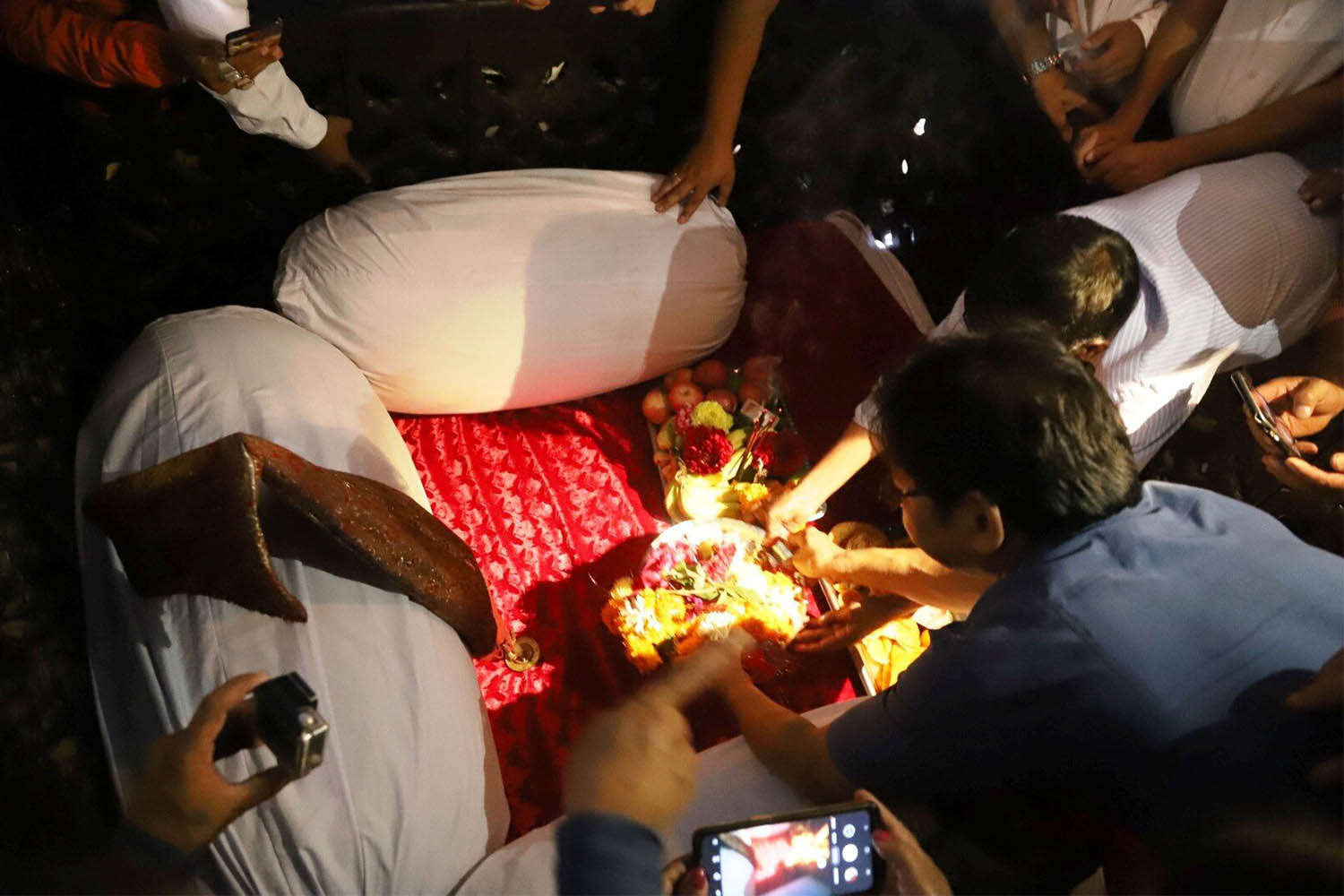
Throughout the jatra, dances were shown in twenty-seven places, including Hanuman Dhoka Durbar, Lagan, Indrachowk, Asan, Tokha, Budhanilkantha, Gokarna, Sankhu, and Patan.
According to Bharat, the Guru of the 12-year-old Khadga Siddhi dance of Pachali Bhairav, the dance for the Mahalaxmi deity is not performed. Folklore says that in ancient times, dancing Mahalakshmi required a human sacrifice, which led to its discontinuation.
“Pachali Bhairav is worshipped as a source of national protection and power. That's why the government has been conducting the worship,” he said. Despite the dance's historical significance, Bharat noted that preserving it has become problematic because many young people have gone abroad. “It's essential for the concerned authorities to take this seriously,” he added.
In the Devmala Vamshavali, the festival of Pachali Bhairav (a large vessel adorned with the idol of Bhairav), is described as follows: In the year 3825, King Gunkam Dev, following the command of Goddess Mahalakshmi, built the city of Kathmandu.
He invoked the Panchalingeshwor Bhairav, Ganesh, and the Ashtamatrika to protect the country. He then proclaimed Bhairavnath the main deity, emphasising their divine presence and significance.
Another genealogy mentions that Amar Malla started the tradition of performing the Pachali Bhairav dance. On the day of Vijayadashami during Dashain, it is customary for the head of state and the deity representing Bhairav to exchange Khadga three times. According to the Devmala Vamshavali, the custom of achieving Khadga with the reigning king began around 1415 AD.
Historically, 13 Malla kings, including Siddhi Malla, Amal Malla, Surya Malla, Narendra Malla, and Jayaprakash Malla, performed the Khadga Siddhi ceremony. Among the Shah dynasty kings, after Prithvi Narayan Shah conquered the Kathmandu Valley, Rana Bahadur Shah was the first and Birendra Shah the last to perform the Khadga ceremony.
Since the establishment of the Federal Democratic Republic, the tradition of exchanging Khadga with the Taleju priests at Hanuman Dhoka Durbar has continued. However, only the Mali and Malakar castes can participate in the dance; other castes are prohibited. In the Nepal Bhasa language, this dance is known as Gathu Pyakha.
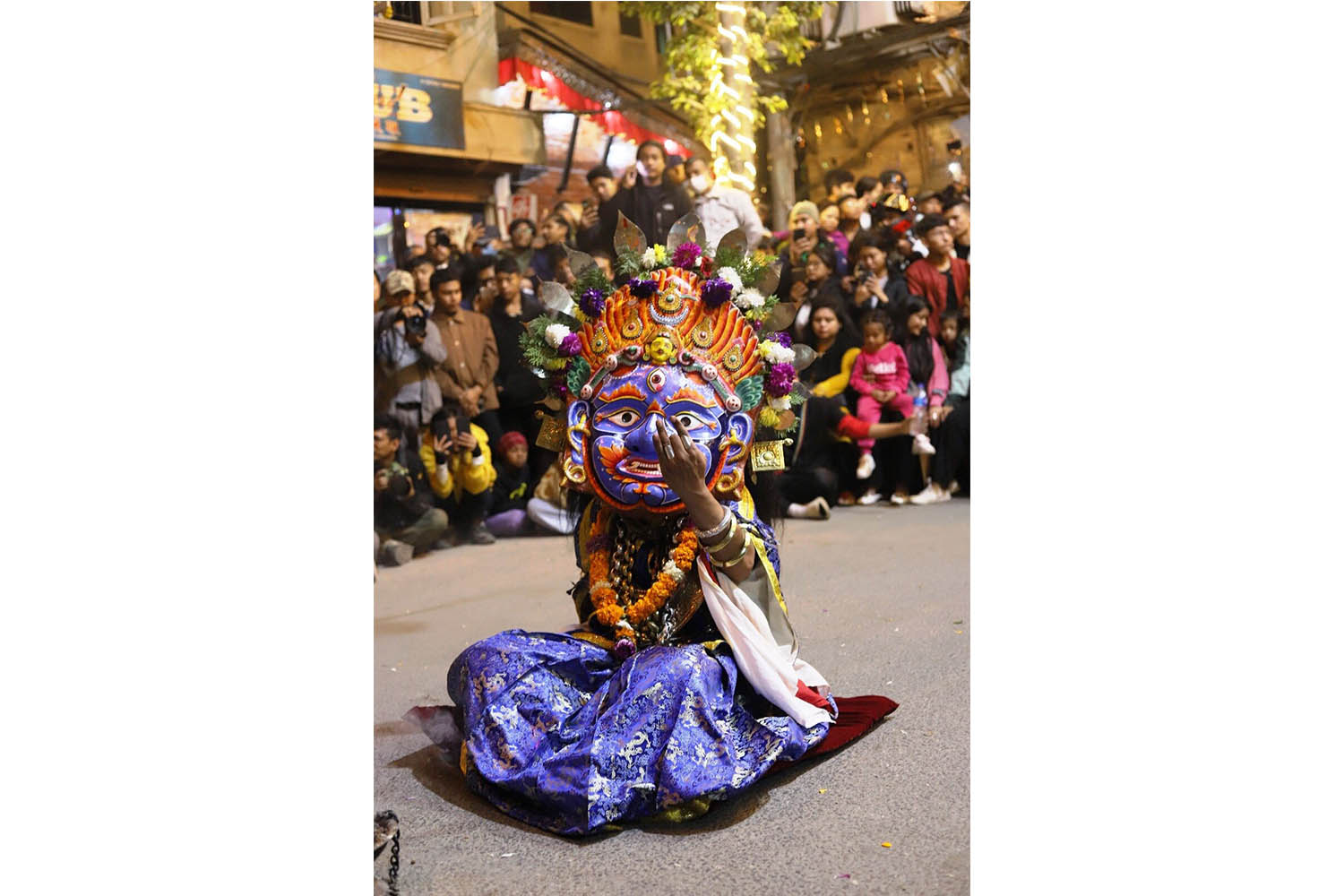
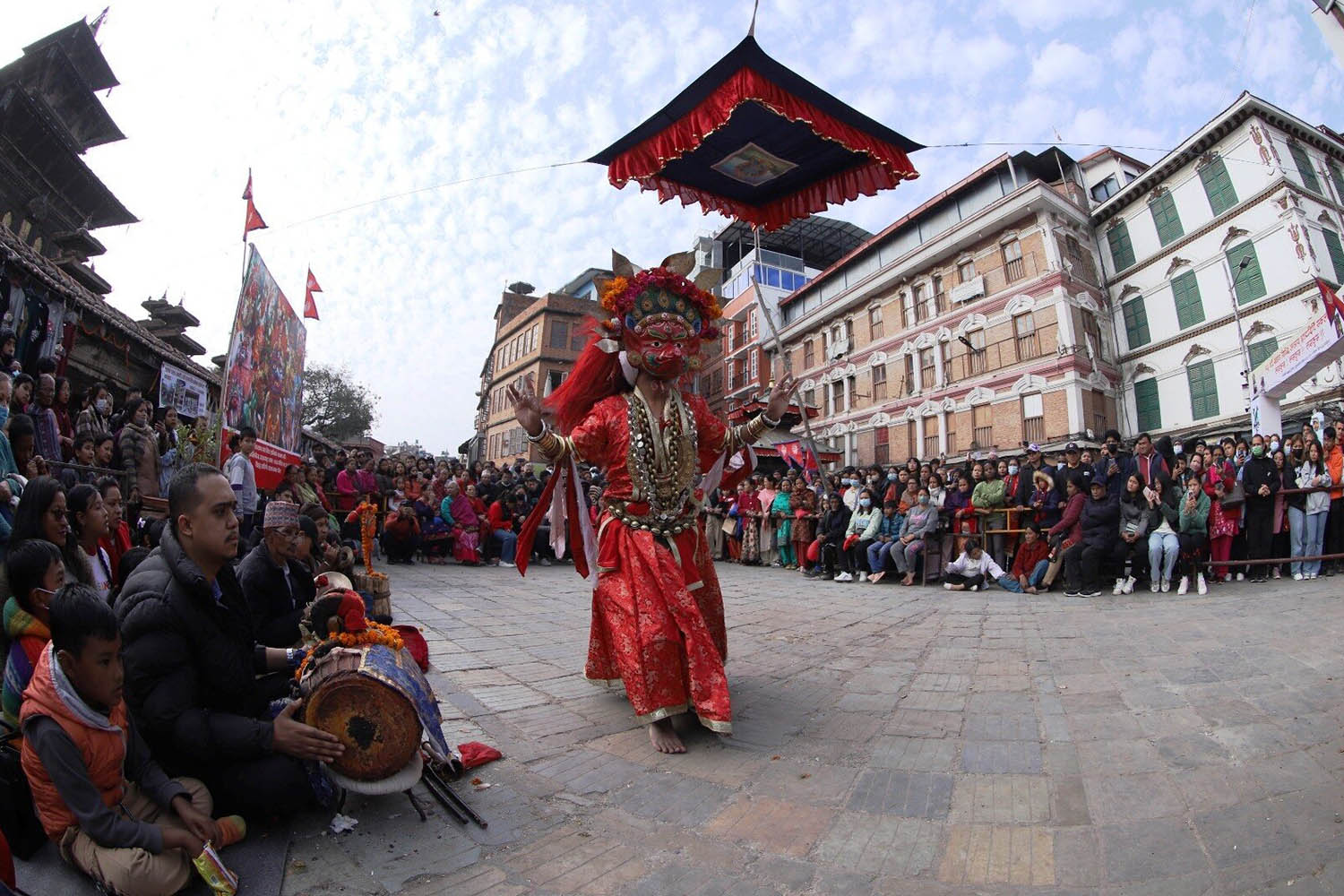
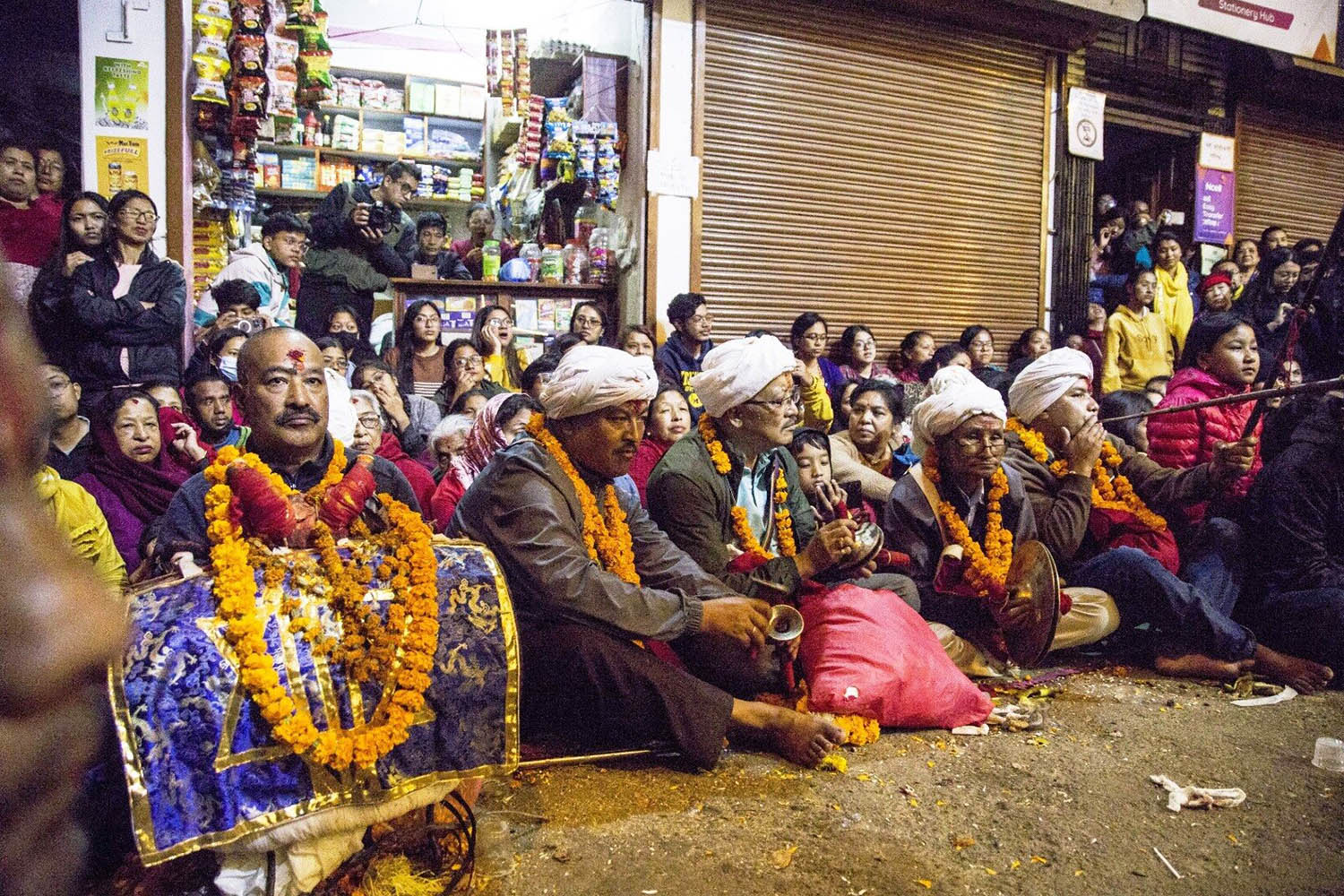
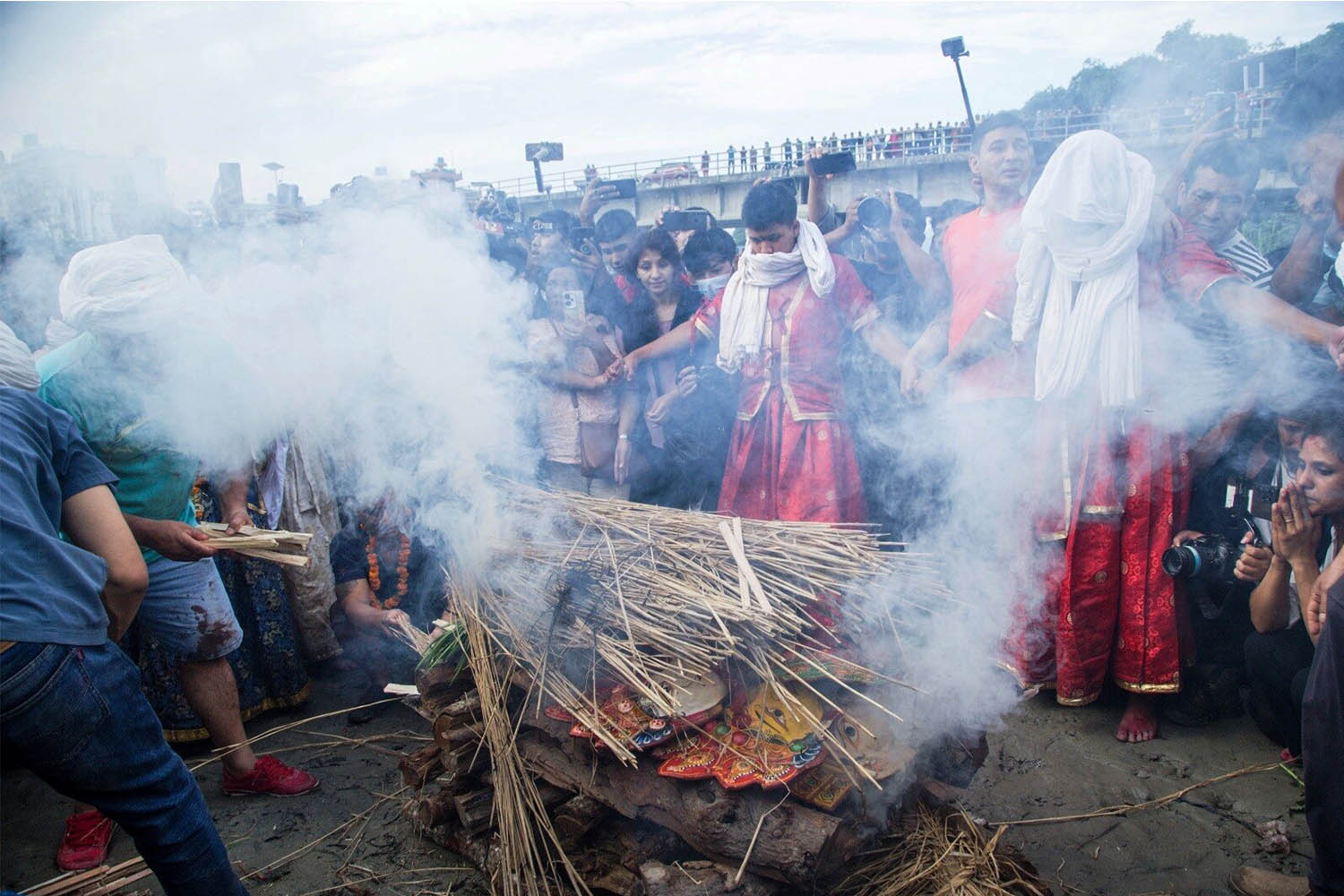
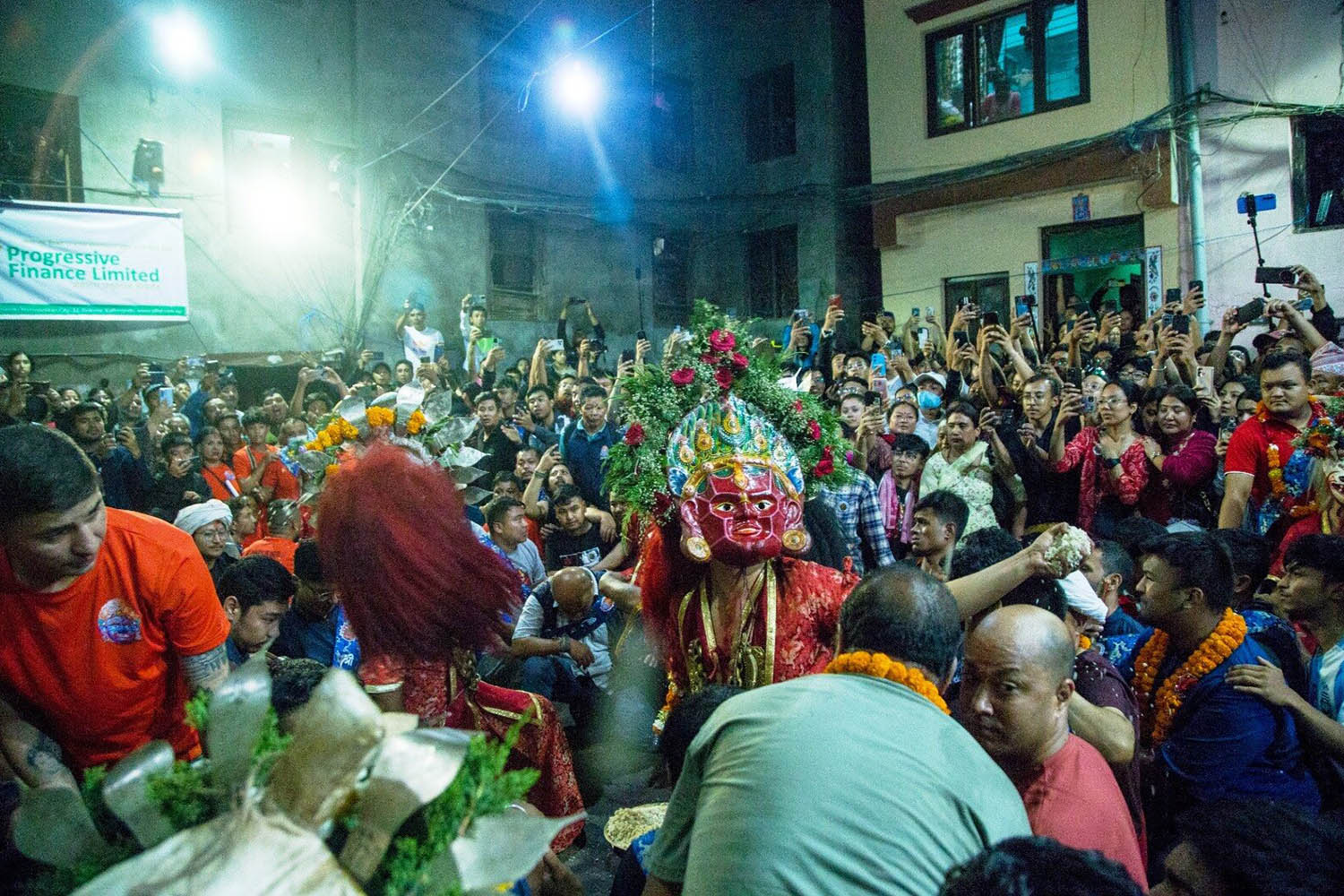
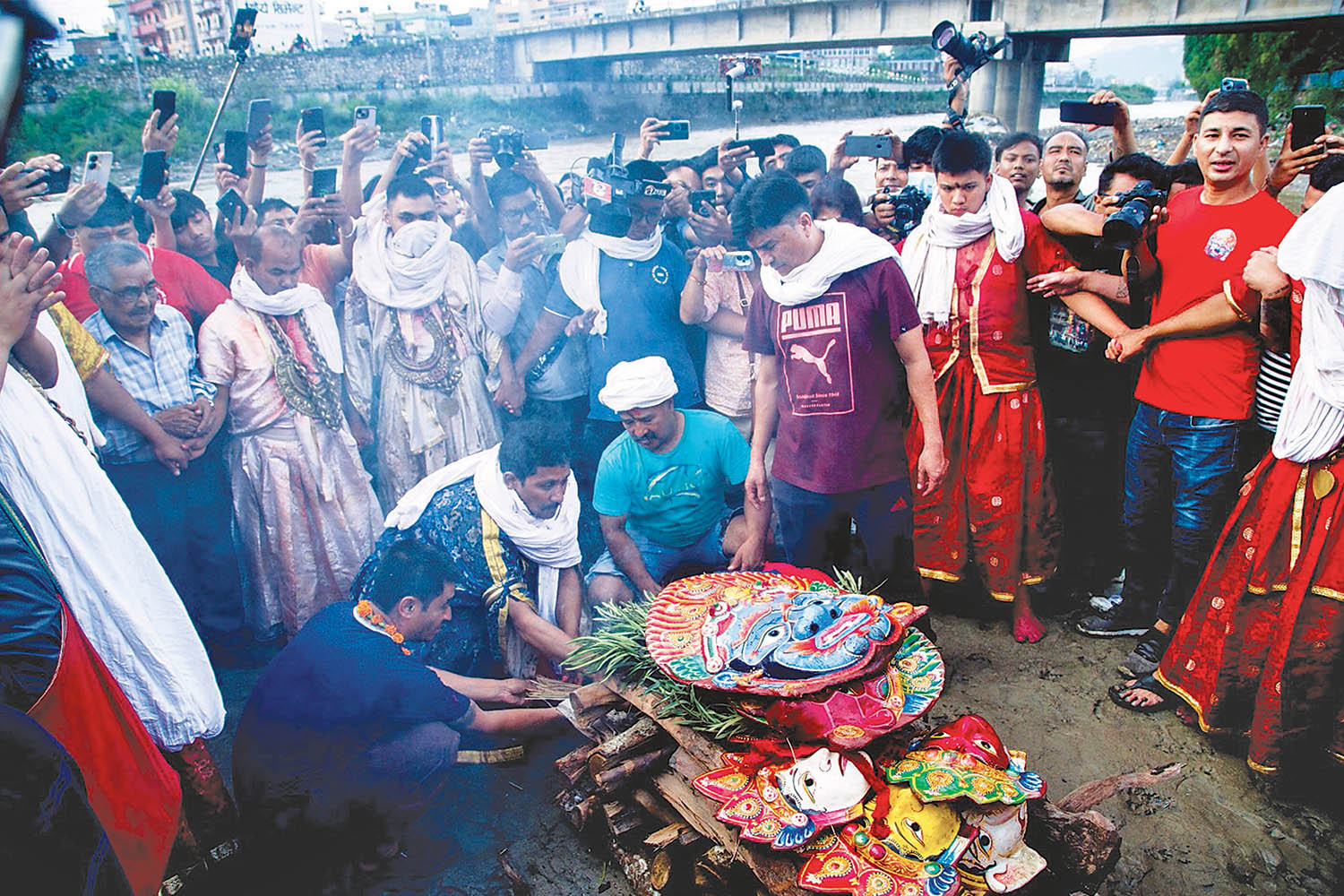




 19.12°C Kathmandu
19.12°C Kathmandu
